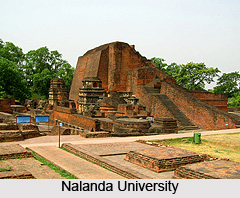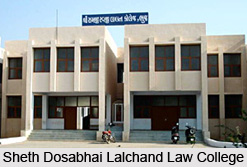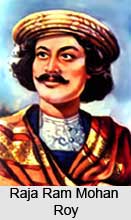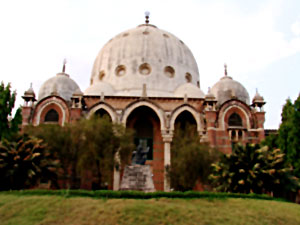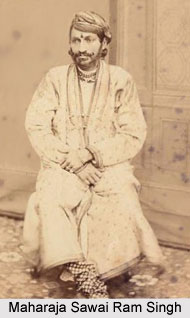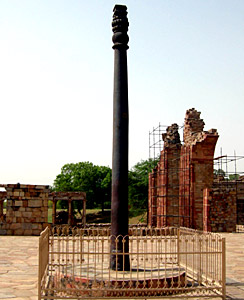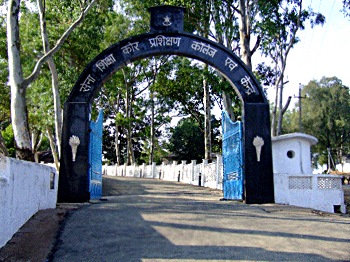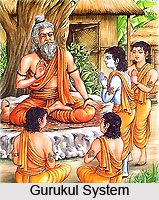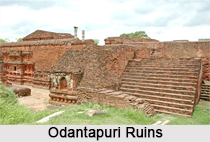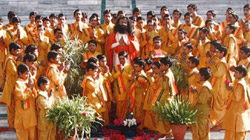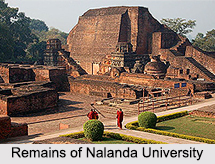Hemantkumari Chaudhurani, the daughter of Babu Navinchandra Rai, was born in 1868. She grew up on her father`s ideals and followed the footsteps of her father. She lost her mother at a very early age and her father, Navinchandra Rai, had to take the entire responsibility of her education and upbringing. He made sure that his daughter received good education based on a sound moral footing. Hemantkumari was initially admitted to the Roman Catholic Convent School at Agra. Navinchandra himself took charge of Hemantkumari`s religious instruction at home. She completed higher education from Bethune College in Calcutta. Hemantkumari was an advocate of female education and published a number of Hindi books for women; thus illustrating the significant shift taking place in women`s education in the second half of the nineteenth century.
After her graduation Hemantkumari was married to Rajachandra Chaudhuri, the Secretary of Sylhet Prarthana Samaj, on 2 November 1885. She became a private tutor to the Maharani of Ratlam state and also edited a monthly magazine for women called Sugrhini, perhaps the first Hindi journal ever edited by a woman. Sugrhini was apparently published from Lahore by her father. Hemantkumari ran the journal for about two years and stopped it when her husband was transferred back to Sylhet in 1889. In Sylhet Hemantkumari Chaudhurani devoted much of her time for the upliftment of women. She founded a women`s association called Mahila Samiti and obtained permission from the Chief Commissioner to open a pathshala for girls. She continued her journalistic activities by publishing a women`s monthly magazine in Bengali entitled Antahpura. In December 1906, she returned to Punjab from Sylhet and joined as a superintendent at the Victoria Girls School in Patiala, a middle school providing instruction in both Hindi and Punjabi. She took an active part in the Hindi literary scene, as one of the female delegates and speakers at the Hindi Sahitya Sammelan which was held in Indore in 1918.
Hemantkumari Chaudhurani published a number of books which were more of a traditional concern. The books included Adari mata, Mata aur kanya and Nan puspavati. She also authored two instructional works, Hindi Bangla Pratham Siksa, a Hindi-Bengali primer, and Navin-Silpamala (Patiala 1925), a richly illustrated instruction book on knitting which was the first of its kind in the Hindi language. The book was to provide poor women with a tool to learn knitting and thus contribute to their livelihood and appealed to the women of India to stop buying foreign goods and produce their own woollen clothes instead. Among the early reformers in the Punjab, Hemantkumari Chaudhurani contributed a lot for the education and social reform in the Punjab as her father especially the uplift of women. Not much is known about her later life and activities, however, she dedicated her whole life for elevating the position of women, and she died in 1953.
